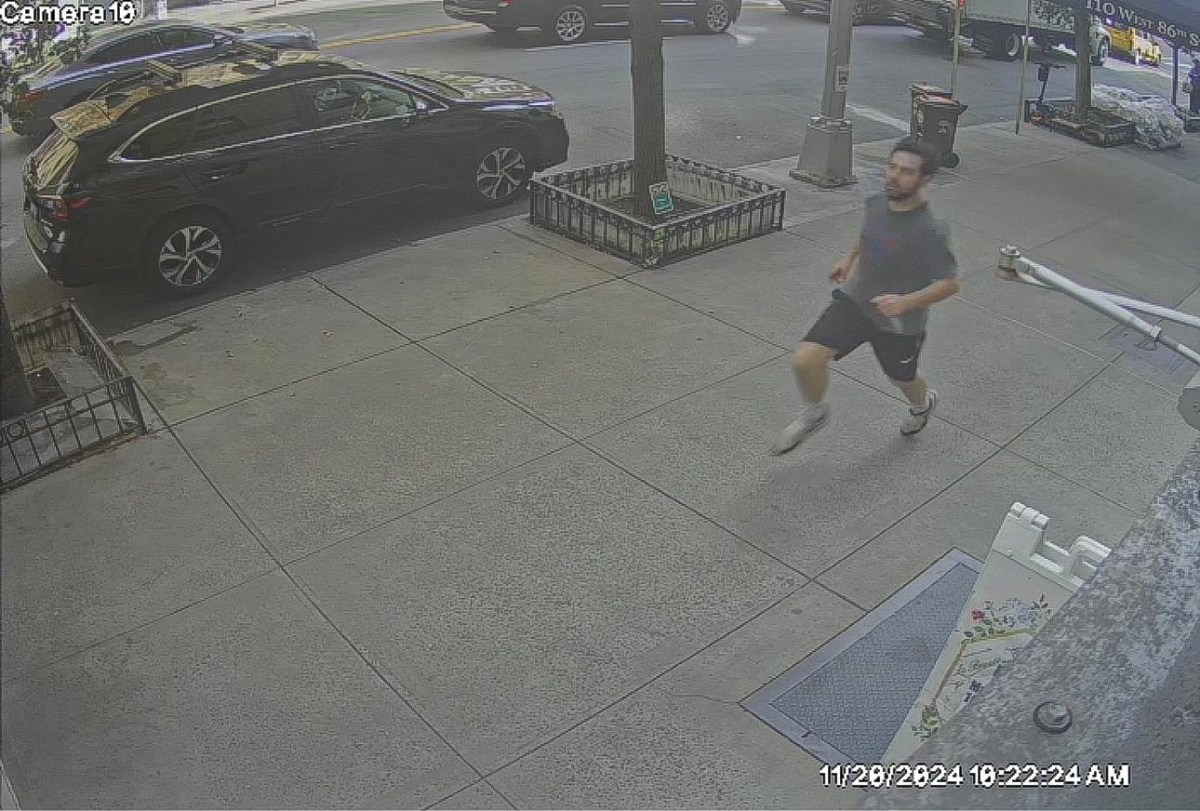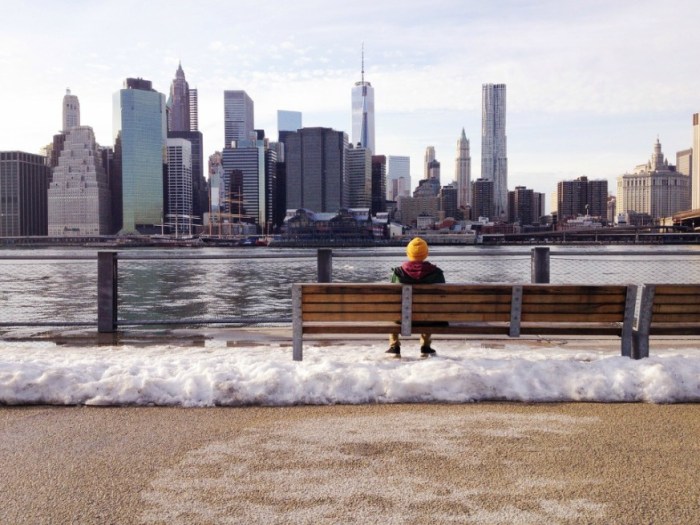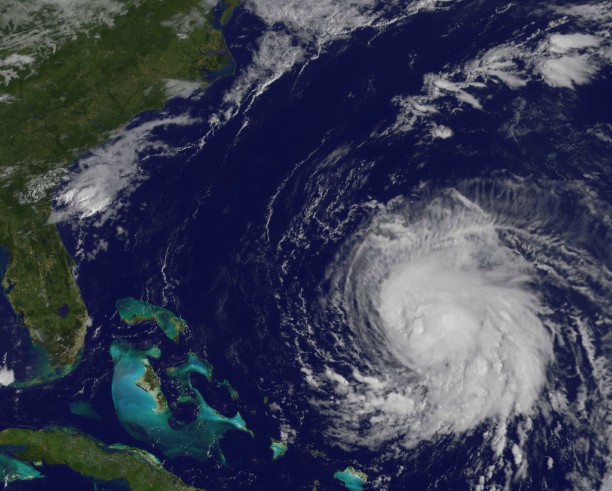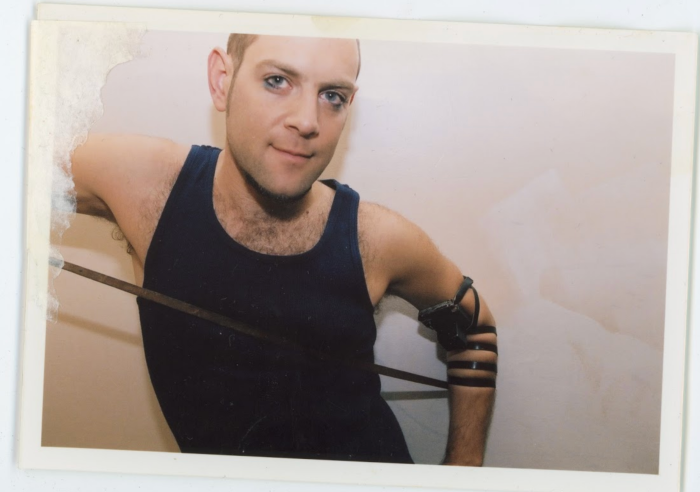While New York City has made progress in helping New Yorkers move back into their homes through its federally funded program, local leaders said the situation is still very real the three years since Superstorm Sandy. “There so such thing as victory lap with Sandy,” said Staten Island Borough President Jimmy Oddo.
RELATED: Three years after Sandy, Manhattan’s seaport community remains uneasy about resiliency On Thursday, Mayor Bill de Blasio announced that the city’s Build it Back program, despite hiccups inherited from the last administration, is on track to complete its goals by the end of 2016. The program reimburses homeowners affected by the storm for construction costs, including in some cases elevation of their houses.
Assemblywoman Nicole Malliotakis told reporters she happy on behalf of her constituents in STaten Island that the city set a hard deadline
“I’m really pleased that there is a light at the end of the tunnel,” she said.
RELATED: What has the city done to rebuild, recover and prepare since Superstorm Sandy? AFTERMATH
Forty-three New York City residents died, 23 in Staten Island alone.
The youngest deaths were 2-year-old Brandon Moore and his 4-year-old brother Connor of Staten Island after water swept them away from their mother in South Beach.
The oldest to die from the storm were two 90-year-old residents in Brooklyn and in Queens.
About 6,500 patients evacuated from either hospital or hospice care.
Citywide property damage was estimated at $19 billion dollars.
Almost 800 buildings were determined to be either structurally damaged or destroyed.
More than 100 homes and buildings were destroyed by fires after the storm.
More than 400 NYCHA buildings — with 35,000 households — lost all utilities during Sandy.
More than 400,000 tons of trash and debris were collected by the sanitation workers.
RELATED: EXCLUSIVE: Surviving Superstorm Sandy at The Water Club RECOVERY
The federal government gave more than $700 million to the city’s Build It Back program, launched under former Mayor Michael Bloomberg.
At least $17 million in Build it Back funds were paid to contractors who performed flawed or incomplete work, according to a city audit.
March 2014 marked the first disbursal of checks for Sandy reimbursements under the city’s.
About 63 percent of applicants have now seen a check or construction since then.
As of October 2015, the de Blasio administration said 1,217 buildings have been rebuilt, with 2,015 buildings currently in construction.
Some 800 residents from Sandy-impacted neighborhoods have been hired on Build it Back and other recovery and resiliency projects.
More than $54 million from the Hurricane Sandy Business Loan and Grant Program been doled out to city 350 businesses.
RELATED: City Council probes rebuilding program post-Superstorm Sandy RESILIENCY
City Hall estimates its long-term resiliency program to cost $20 billion, that includes:
Superstorm Sandy: By the numbers
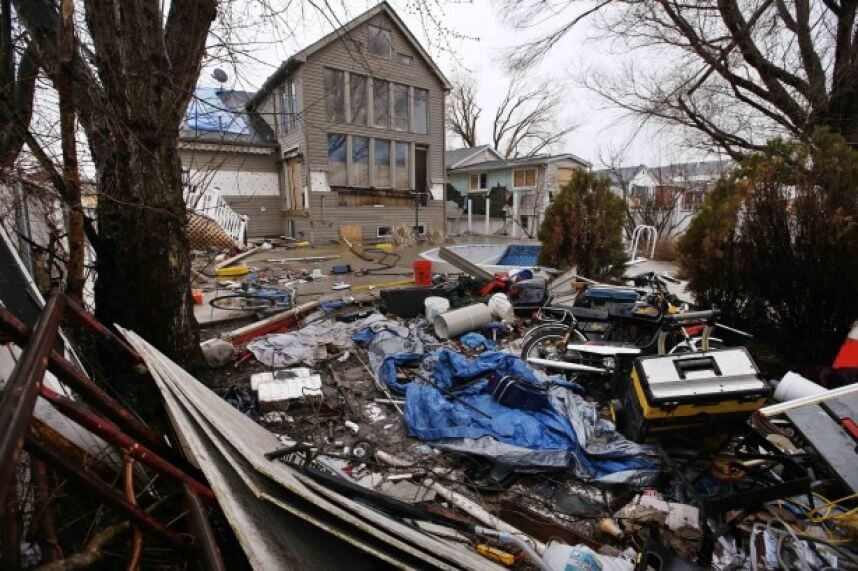
Reuters












